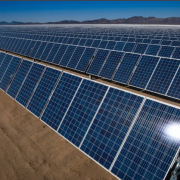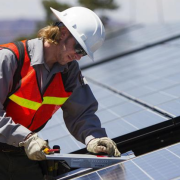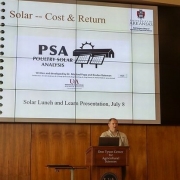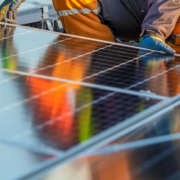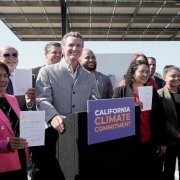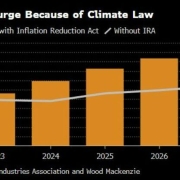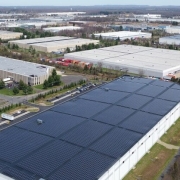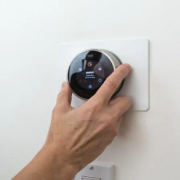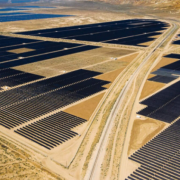Community solar is a way to allow people who don’t have access to a roof that is suitable for solar panels to take part in the world of renewable energy. That includes renters, co-op and condo owners, and homeowners whose roof faces the wrong way or is shaded by trees.
Let’s be clear. As a general rule, utility companies take a dim view of rooftop solar, community solar, or any other idea that involves someone other than themselves generating electricity on their own. That’s why government policies are needed to diminish the power imbalance between utility companies and consumers.
Click here to read the full article
Source: Clean Technica
—
If you have any questions or thoughts about the topic, feel free to contact us here or leave a comment below.

